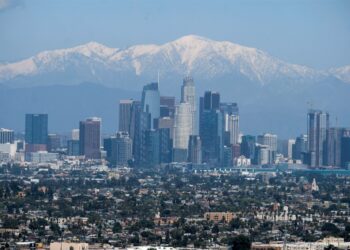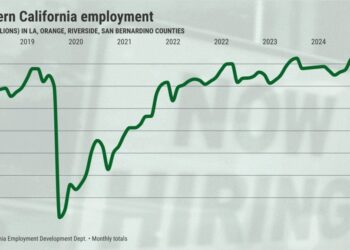“Brownfield” is the technical name for an underused or abandoned industrial or commercial property. Brownfields can range from old factories to vacant warehouses; from defunct gas stations to former dry cleaning establishments.
Many brownfields are contaminated with potentially dangerous waste. Solvents and waste oil, for example, might be found at the site of an old automotive repair shop; the chemical perchloroethylene could be identified at a site previously occupied by a dry cleaner.
Appearances, however, can be deceiving. Despite the way they look, not all brownfields are actually contaminated. Unfortunately, even those properties that are not truly contaminat- ed are widely believed to be.
The General Accounting Office has estimated that there are over 450,000 brownfield properties in the United States. And, according to the California Environmental Protection Agency, California is home to almost 90,000 them.
As the availability of readily developable land decreases, brownfields are attracting more attention from developers. These sites, typically located in urban areas with well-developed transportation infra- structure, are potentially attractive targets for redevelopment to new uses, but often require regulatory support or public subsidies to overcome the additional costs and risks associated with environmental remediation.
Public support for brownfield projects – such as the $1.5 billion that The Bipartisan Infrastructure Law recently committed to the Environmental Protection Agency’s Brown- fields Program – is increasingly conditioned on meeting environmental, social and economic sustainability targets.
“Realizing significantly more sustainable brownfield redevelopment projects on the ground will require even more decisive leadership at all levels, effective policies and programs, robust stakeholder collaboration and buy-in, support from ESG (Environ- ment, Social and Governance) investors, and investment from the commercial real estate…
Read the full article here







